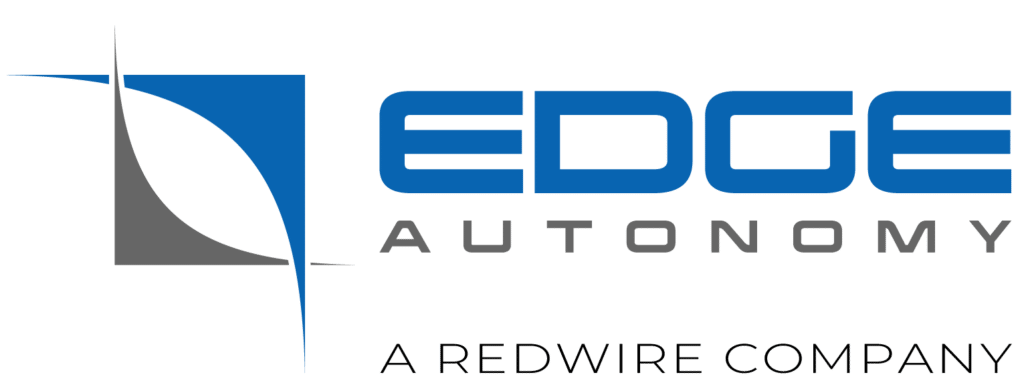When comparing offgrid power technologies, key factors to consider are durability in different environments and maintenance needs. And one thing that will make a huge impact on the long-term cost of a power product is how much fuel it needs.
Some internal combustion engine generators, especially those unable to cycle on and off, can run just 8 hours on 20 pounds of propane. That can mean 3 site visits in one 24-hour period. This is fine if the generator is in an easy-to-reach location with good weather conditions, and if maintainers are available to make frequent refueling trips.
However, maintainers sometimes have to venture out in treacherous weather — from hurricanes and snowstorms to wildfires and ice storms — to keep power running. And some sites are so remote that refueling can only be done with a helicopter, ATV or other special transport, and only during certain months of the year. When site visits are costly or dangerous, finding a power source that’s highly fuel-efficient is vital.
At Adaptive Energy, our customers rely on our solid oxide fuel cells (SOFC) for reliable, low-maintenance and highly efficient power. Unlike all other low-watt offgrid power technology, our Performer Series SOFC are engineered to cycle on when voltage dips below a set threshold and back off when the battery is charged. Fuel is used only when the system is charging the battery, which is what makes our products so fuel-efficient.
And when it comes to measuring the cost of fuel, projected runtime is an important consideration because it dictates fuel usage. For example, if the SOFC cycles on to supplement a solar array only during times of darkness or cloud cover, it uses less fuel than a product that continuously runs like a generator.
In fact, 20 pounds of propane can provide 80 hours of runtime for a Performer Series SOFC. That’s days of power, compared to the hours available from a generator. This window also offers plenty of time to schedule a refueling visit when the conditions are safe. That’s why, especially for remote sites, fuel efficiency is crucial.

